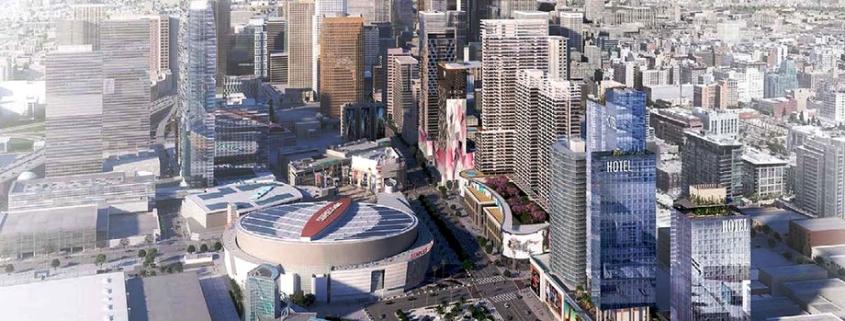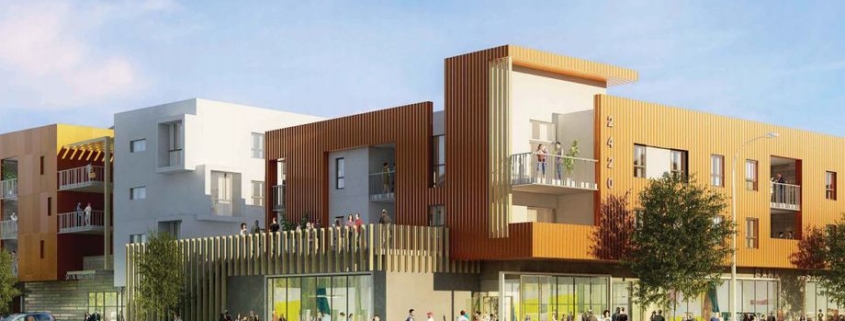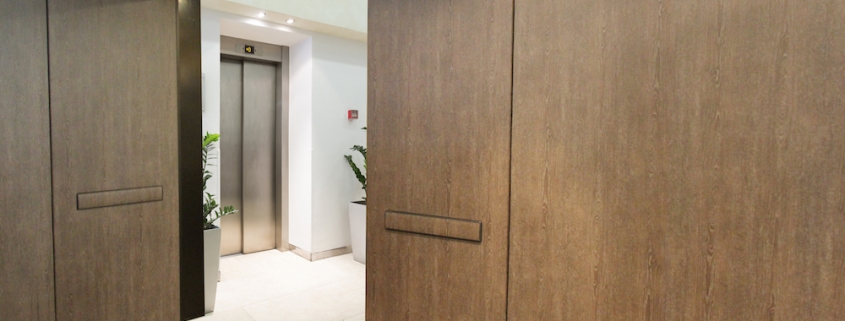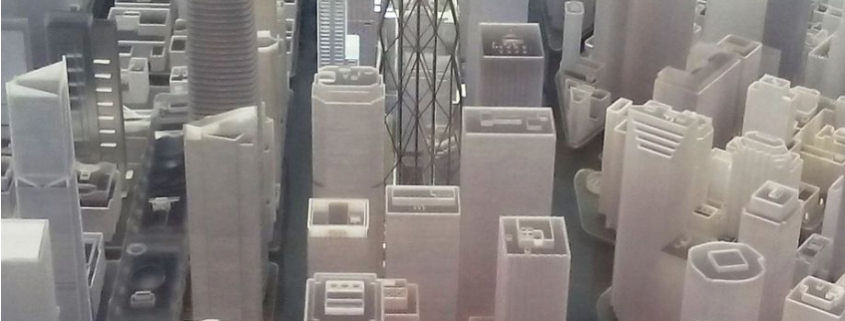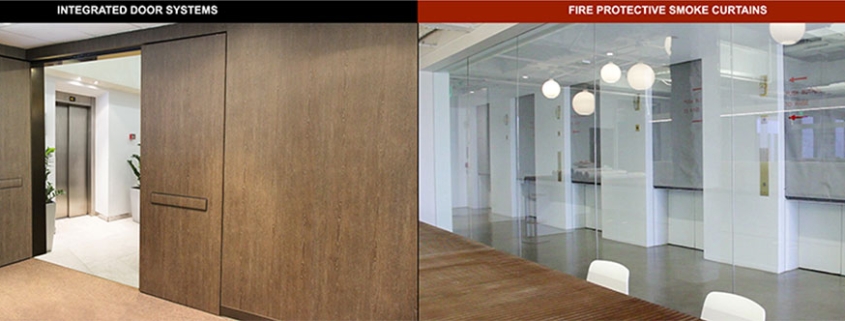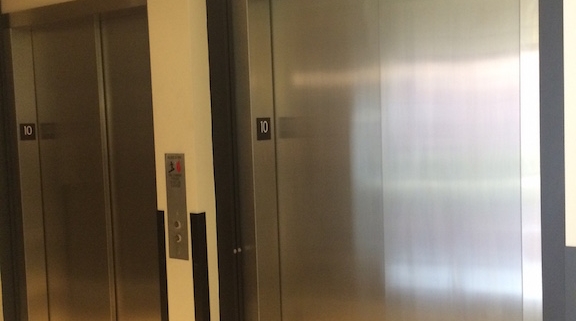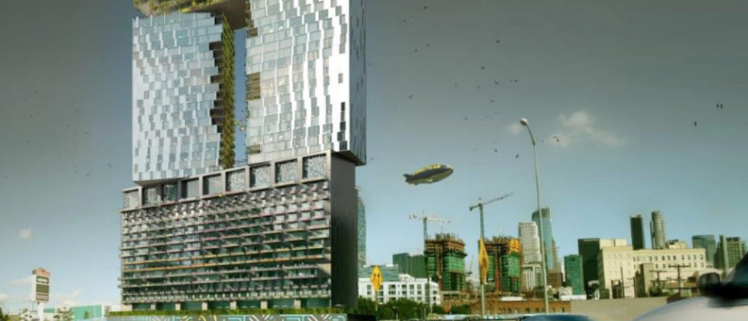A city committee on Tuesday endorsed a deal that would give a developer $103.3 million in public money over the course of more than two decades to open hundreds of hotel rooms next to the Los Angeles Convention Center.
Developer Lightstone Group wants to build two towers at Pico Boulevard and Figueroa Street and fill them with 1,130 rooms operated by three brands: AC Hotel, Moxy Hotel, and Hilton Garden Inn. But, due to the high costs of “concrete and steel high rise construction,” it has a $67.4-million financing gap, according to real estate advisory firm Keyser Marston Associates. The firm says the public money, adjusted for inflation, would fill that financing gap.
Los Angeles City Councilmembers are eager to get hotel rooms built near the convention center, and it appears they’re willing to loosen the city’s purse strings to make it happen.

